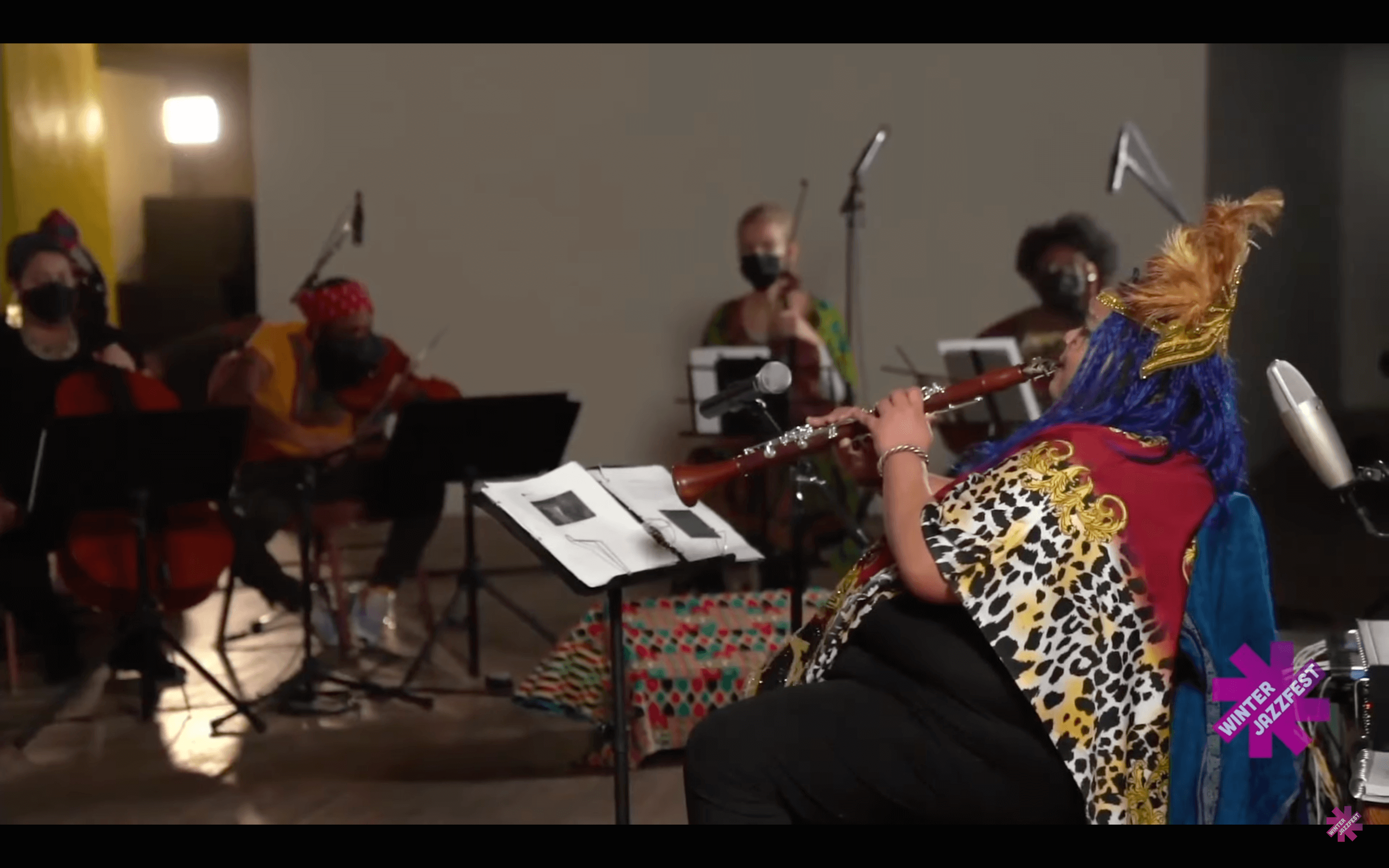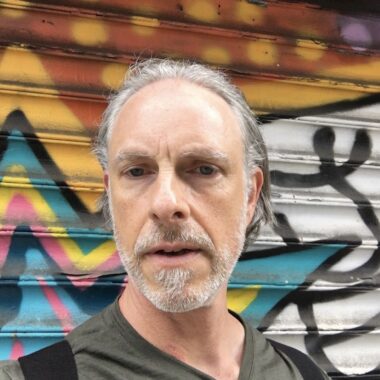Last month’s Winter Jazziest 2022, such as it was, was disappointing for all the wrong reasons. This had nothing to do with jazz and everything to do with America writ large, and the destructive nihilism of self-proclaimed conservatives and the political class overall. There are too many people with everything they need in life who can’t even conceive of enduring the most negligible inconvenience for the sake of strangers, much less ones with less money and less whiteness. Even in New York City, the rush to act like the pandemic was all over and the impatience to return to a normal that will never again exist—beyond weekend brunch and real-estate porn in The New York Times—meant we had to go through it all over again. Again! And omicron was as bad as it’s ever been.
And so the return of an in-person Winter Jazziest was postponed and replaced by streaming sessions. Jazz, the music that has always been deeply about America and integrated into the fabric of society, suffered because so much of society is so fucked up. That wasn’t the festival’s fault. What was its fault, though, was how poorly the streaming was arranged and implemented. Nearly two years into this, there’s no more excuses for just a single, static camera in front of performers, nor for mediocre sound quality. Yet that was the state of the festival’s streaming “marathons” that replaced their regular weekend marathon—multiple sets in multiple venues—and special events. While it was great to see musicians playing from Chicago, St. Louis, Switzerland and South Africa, the inconsistent quality was distracting. Musicians who got to play from places like the Yamaha Studio were lucky, others from random live venues, not so much.
This was exacerbated by ridiculously short sets—sometimes just one or two numbers—and intrusive, mawkish, long-winded remote introductions from various hosts associate with WBGO. Reimagining the festival as a series of streaming events began and ended with flipping the streaming switch. Surely the festival has more robust technical and imaginative resources available to it.
The one exception to all this, though, was an incredible exception, the large-scale performance from Jazzfest artist-in-residence Angel Bat Dawid, on Martin Luther King Jr Day (it is available, along with the other streaming sessions, at www.winterjazzfest.com). For two hours, Dawid led the Cosmic Mythological Ensemble in a performance she’s titled Afro Town Topics, a combination of instrumental music, with grooves and free playing, call and response communal singing, ceremonial form and process, and dance. It is stupendous.
Dawid is one of the artists whose music is released on the International Anthem label, which is based in Chicago but is mapping out, album by album, a kind of new continent of music. Imagine a place created by people from all over the world, with their own local traditions, and each one sympathetic with all the other cultures they encounter. Modern jazz is where International Anthem starts, music with familiar jazz phrasing with rhythms that have swing but emphasize the rock, soul, funk and hip hop thinking that jazz has been assimilating for 60 years. Like other artists on the label, Dawid plays jazz (she plays the clarinet, keyboard, and sings) in a way that brings together qualities of the music from the turn of the 20th century with the cries and shouts of free jazz and neo-soul. Dawid in particular is hauling free-jazz roots into the context of contemporary politics and society. America may be failing its music—atomizing the very interaction with music into track-by-track streaming, “fuck-your-feelings” virtue signaling through the likes of Morgan Wallen, dismissing the social concerns of artists and audiences with the “I’m over COVID” expectation that the world exists merely to entertain the safe and the comfortable—but Dawid builds a small but very real society every time she makes a record or plays a concert.
That is what happens with Afro Town Topics, with Dawid directing the ensemble, singing and calling them to action, and leading them through the performance space to the stage. There are dancers, and the performers wear a variety of colorful and sequined costumes. Those elements will be familiar to anyone who’s seen the Sun Ra Arkestra in person. The music follows in the Arkestra tradition too, in the way that it seems anarchic in style and form but is absolutely grounded in organized ensemble material and consensus.
The performance explodes with joy, it is sprawling and thrilling, and unlike the usual streaming experience you can’t take your eyes away from it. It’s too much to take in through one viewing, there’s not just music and dancing, but video project, spoken word, even a communal call at the end for everyone, from the camera crew to the viewer at home, to pause and all sing a tone together. The “journey to Afro Town,” as Dawid calls it at the very end, is just that, the music creating a real community in the moment. All the things coming together, the ebb and flow of choral singing and rock and funk, Dawid’s pauses to comment on the state of things in the world, right now, is like watching the life of a street pass by while you gaze out the window from the comfort of your own home, glad to be in a place full of these good people.
This is only slightly a metaphor, because the way this is done, you are there. The camera is right in the middle of everyone and everything, it’s not standing in for the audience but part of the performance, the part that is transmitting the audio and visual information to the viewer. It’s on stage with the instrumentalists and right there with the dancers, so watching the stream is closer to being a performer than even being seated in the audience at a concert. It’s documentary in the way it is absolutely a “making-of” kind of experience, except that, if you happened to watch it live, it was happening live, it was being made right in front of you.
Dawid is something of a magician who directs your attention to everything she does, and still pulls of an astonishing and inexplicable illusion. Except Afro Town Topics is the real thing, like she got up on stage and said she was going to recreate Charles Mingus’ The Black Saint and The Sinner Lady and then, like Borges’ Pierre Menard, does the thing and somehow does it better. By herself she saved the 2022 Winter Jazzfest, and her creation should be an example to every single jazz organization of how to make virtual connections into a real society, when the rest of the world is fall apart around us.
Author
-

George Grella wrote the book on Miles Davis’ Bitches Brew. He write other stuff too. killyridols.substack.com/
View all posts
George Grella wrote the book on Miles Davis’ Bitches Brew. He write other stuff too. killyridols.substack.com/










